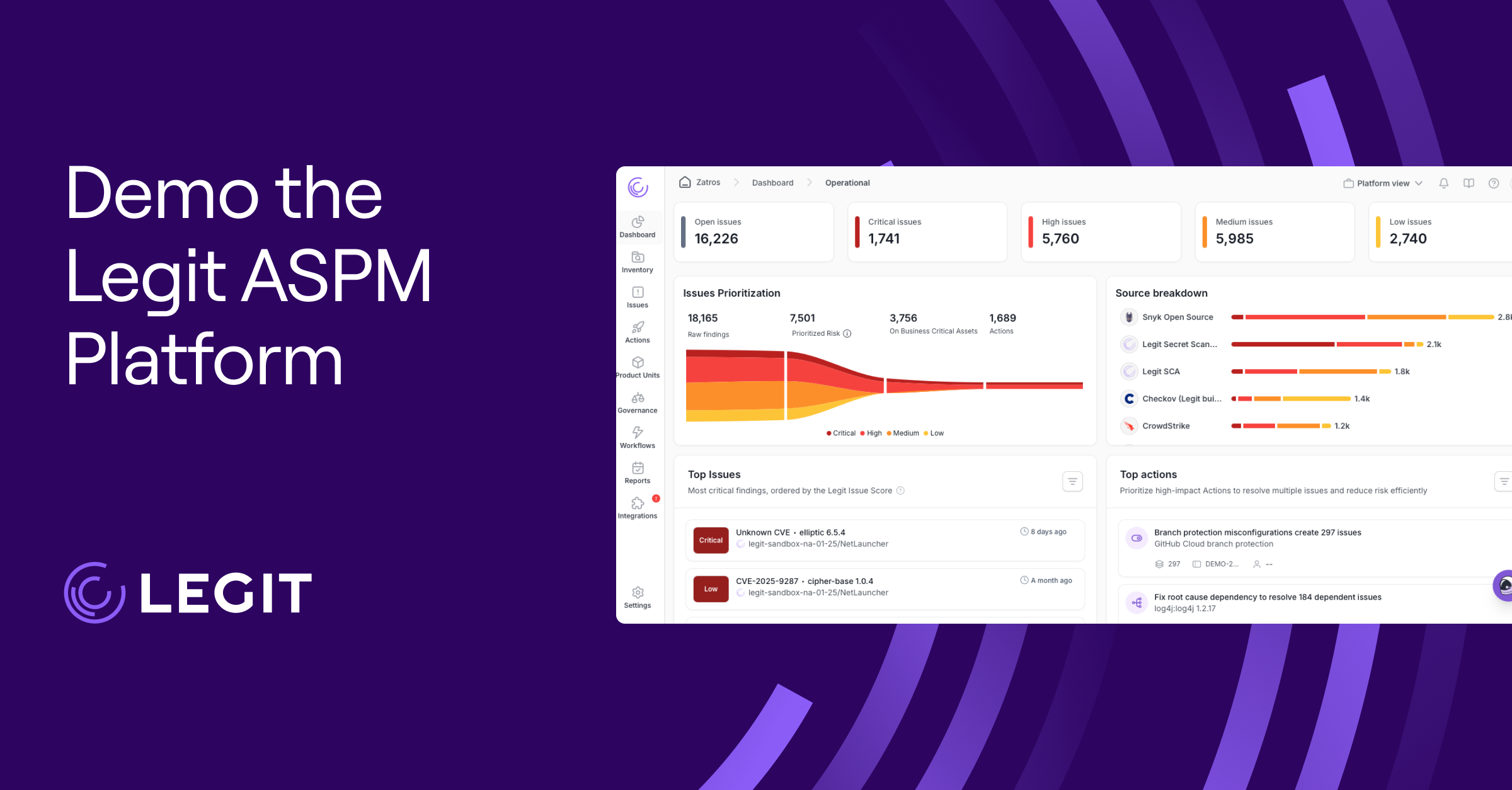DevOps isn’t a project with a finish line, but a continuous practice of automating workflows and improving how software moves from code to production. As your organization expands, some practices mature quickly while others fall behind, creating gaps that can slow progress.
The DevOps maturity model makes sense of this uneven progress by offering a structured way to evaluate how your teams deliver, collaborate, and scale across the software development lifecycle (SDLC). In our guide, we’ll introduce this model, explore its levels and benefits, discuss how to measure your DevOps maturity, and offer some best practices for getting started.
What Is the DevOps Maturity Model?
The DevOps maturity model is a framework that shows where your organization stands in its DevOps journey, and provides insights about how that journey can advance. Instead of treating DevOps as a simple “yes or no” capability, this model maps out different DevOps maturity levels, ranging from ad hoc practices to fully automated, collaborative environments.
Benefits of Using the DevOps Maturity Model
Adopting a DevOps maturity model provides practical advantages that shape how your teams release and secure software. Here are four benefits of using this model.
Agile Adaptability
With a clear maturity model roadmap, you can quickly respond to shifting market demands and customer needs. This adaptability aligns with Agile approaches, where iterative improvements and rapid feedback cycles drive development. Mature DevOps practices help you accelerate release cycles by reducing manual effort and increasing flexibility, allowing you to deploy updates and new features rapidly.
Continuous Improvement
The DevOps maturity model creates a feedback-driven culture. By assessing practices at each stage, you can spot inefficiencies and refine automation and collaboration. This cycle of evaluation and adjustment builds an organization-wide habit of improvement.
Better Performance Measurement
Mapping practices to maturity levels makes performance easier to track. You can tie metrics like deployment frequency, lead time, and change failure rates directly to maturity goals. This gives you a shared view of progress and ROI, and makes it easier to directly connect technical improvements to business objectives.
Stronger Collaboration and Alignment
Following the maturity model encourages close alignment among development, operations, and security. As maturity grows, teams break down silos and share responsibilities, which improves communication and leads to smoother releases.
5 Stages of DevOps Maturity
The DevOps maturity model lays out a practical path made up of discrete stages. Understanding each phase and moving through them one at a time shows where you stand today, and what it will take to progress toward greater efficiency and collaboration.
1. Initial
At the Initial stage, DevOps practices are inconsistent and heavily manual. Development and operations work in silos, and there’s little visibility into performance. Teams may lack proper version control systems or use them inconsistently, leading to integration challenges. This is often where organizations start when conducting their first formal DevOps maturity assessments.
2. Managed
During the Managed stage, teams begin adopting basic DevOps practices, such as version control and automation. However, the implementation is often uneven. Collaboration improves slightly, yet most deployments still rely on individual effort rather than shared, repeatable processes. Teams may introduce early CI/CD pipelines, although they’re often incomplete or inconsistently applied.
3. Defined
In the Defined stage, processes and tools become standardized across the organization. Continuous integration and delivery (CI/CD) pipelines are more established, with some organizations moving to continuous deployment for low-risk changes. Infrastructure as code (IaC) typically becomes the default, often leveraging cloud platforms for better scalability and consistency. In addition, security and compliance are slotted into pipelines rather than bolted on at the end.
4. Measured
When they reach the Measured stage, organizations track performance using metrics like deployment frequency, lead time, mean time to repair (MTTR), and change failure rate (CFR). This data allows everyone from developers to leadership to see what’s working and what’s not, and is used to guide decisions and long-term planning.
5. Optimized
Finally, the Optimized stage represents a culture of ongoing improvement, where automation is extensive and monitoring is continuous. Teams at this level embed security, compliance, and DevOps governance from the start, enabling more resilient software delivery.
How to Measure Your DevOps Maturity Level
Measuring maturity involves using a mix of metrics, assessments, and checks to see how far your DevOps practices have come and where you can still improve. Here are some practical ways to measure DevOps maturity in your organization:
- Track important KPIs: Start with the DORA metrics (deployment frequency, lead time for changes, change failure rate, and time to restore service). These are the industry standards for evaluating DevOps performance. When tracked consistently, they provide a data-driven picture of where you stand. Mature teams often expand beyond these basics, however, adding metrics like pipeline recovery time and test automation coverage to guide ongoing improvements.
- Run a DevOps maturity assessment: Next, you’ll conduct a structured evaluation that compares your current practices against an established model. The goal is to spot where processes stall. Using a DevOps maturity assessment framework based on DORA metrics or capability maturity model integration (CMMI) ensures that your roadmap for improvement is grounded in measurable criteria.
- Evaluate your deployment practices: How often and reliably you push code into production says a lot about your DevOps maturity. If deployments are rare and stressful, you’re likely at an earlier stage. Frequent, low-risk releases suggest that your pipeline and culture are in a more advanced stage.
- Assess team collaboration and culture: Metrics only tell part of the story. You also need to look at whether developers, operations, and security teams share responsibility and feedback loops. When you consistently integrate security into DevOps, you’ll move toward a more resilient model.
Best Practices for Implementing a DevOps Maturity Model
You can’t jump straight to DevOps maturity—you build toward it by making intentional changes over time. Here are a few of the best ways to put this model into practice:
- Encourage cross-functional collaboration: Maturity comes from teams actually working together. Dev, Ops, QA, and security shouldn’t feel like separate islands. Instead, create space for shared dashboards and open conversations, so you can catch issues sooner and move faster.
- Build a culture of continuous improvement: Mature teams don’t treat improvement as a quarterly initiative—they’re always looking for ways to improve workflows and feedback loops. That mindset powers secure software development, where catching issues early keeps problems small and avoidable.
- Automate what slows you down: Start by cutting out the obvious time sinks, such as error-prone deploys or forgotten configs. But don't chase automation just for the sake of it. Focus on areas where automation actually reduces risk or speeds up your workflows. A mature setup isn’t necessarily the one with the most scripts, but the one that runs smoothly without constant oversight.
- Weave in security from the start: Waiting until the end to add security only creates stress when you're focused on deployment and trying to avoid delays. When you embed checks early—scanning IaC files, reviewing dependencies, or validating secrets—it becomes a natural part of the overall flow. That’s the shift behind modern DevSecOps practices, which are all about integrating security into DevOps for faster, safer releases.
How Legit Security Supports Every DevOps Maturity Stage
No matter where you are on the DevOps maturity model—just starting out or already deep into automation—Legit helps you integrate security into the SDLC. Legit maps your existing pipelines, identifies gaps across code and infrastructure, and applies policies that grow with your teams.
Legit’s ASPM platform also provides visibility into your development process, helping you secure your software supply chain and enforce guardrails early in the lifecycle. Built-in automation and AI-powered insights reduce noise while surfacing what matters, so your security posture improves without slowing delivery.
Request a Legit Security demo, and see how our platform supports every stage of development maturity.
Download our new whitepaper.


